Homo sapiens, our modern species of human, originated in sub-Saharan Africa before expanding and exploring, eventually colonizing virtually every corner of the world.
The specifics of this expansion out of Africa have been open to scientific debate, with numerous theories postulating different ideas for how our species migrated. Compelling new evidence paints perhaps the clearest picture yet of exactly where early humans traveled after leaving Africa.
The Origins of Homo Sapiens
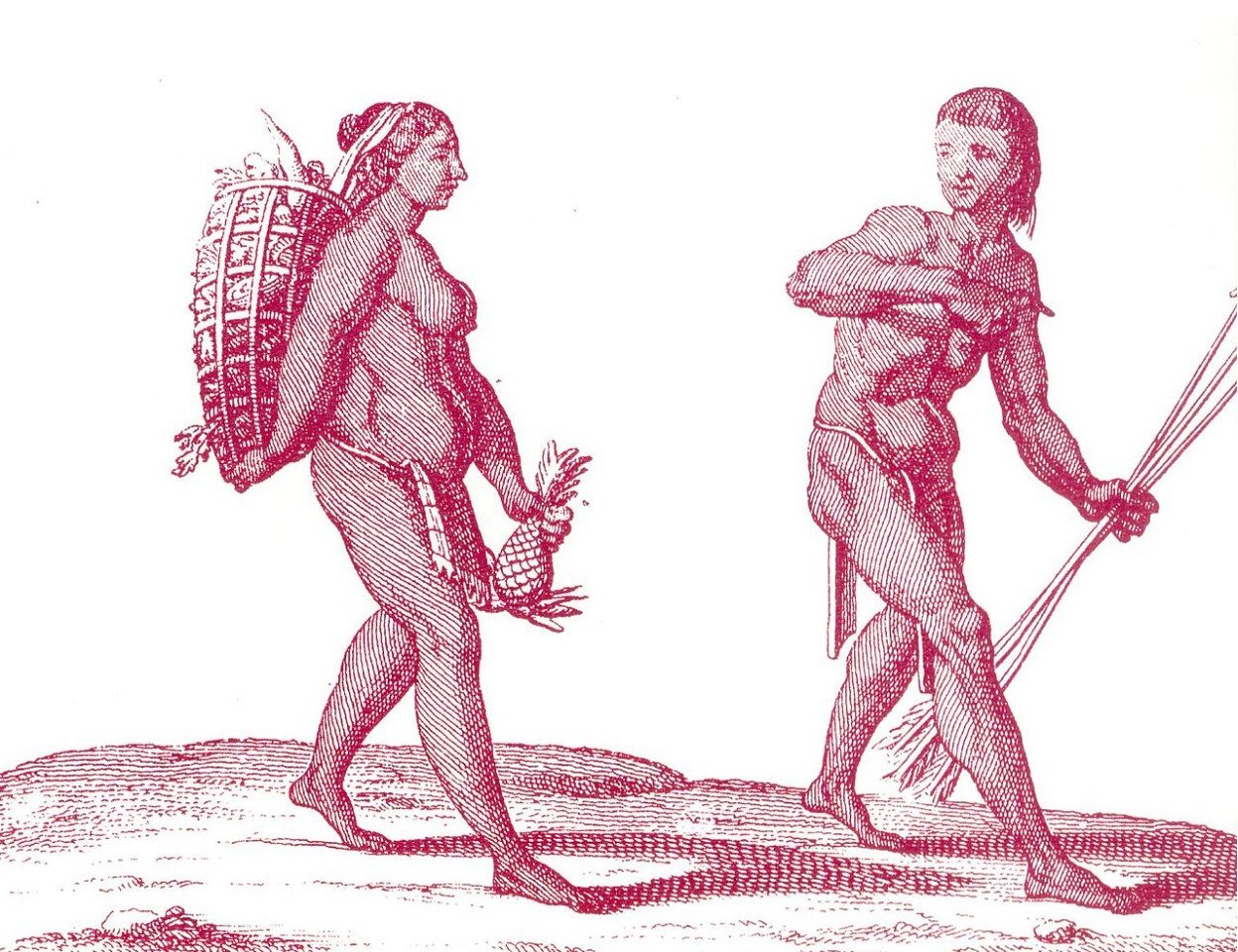
The scientific consensus is that Homo sapiens, the species of modern humans to which we belong, first emerged in Africa around 300,000 years ago.
At this time, there were other species of the human lineage still around in different parts of the world. Like these other hominin species, early humans were hunter-gatherers.
Expanding Out of Africa
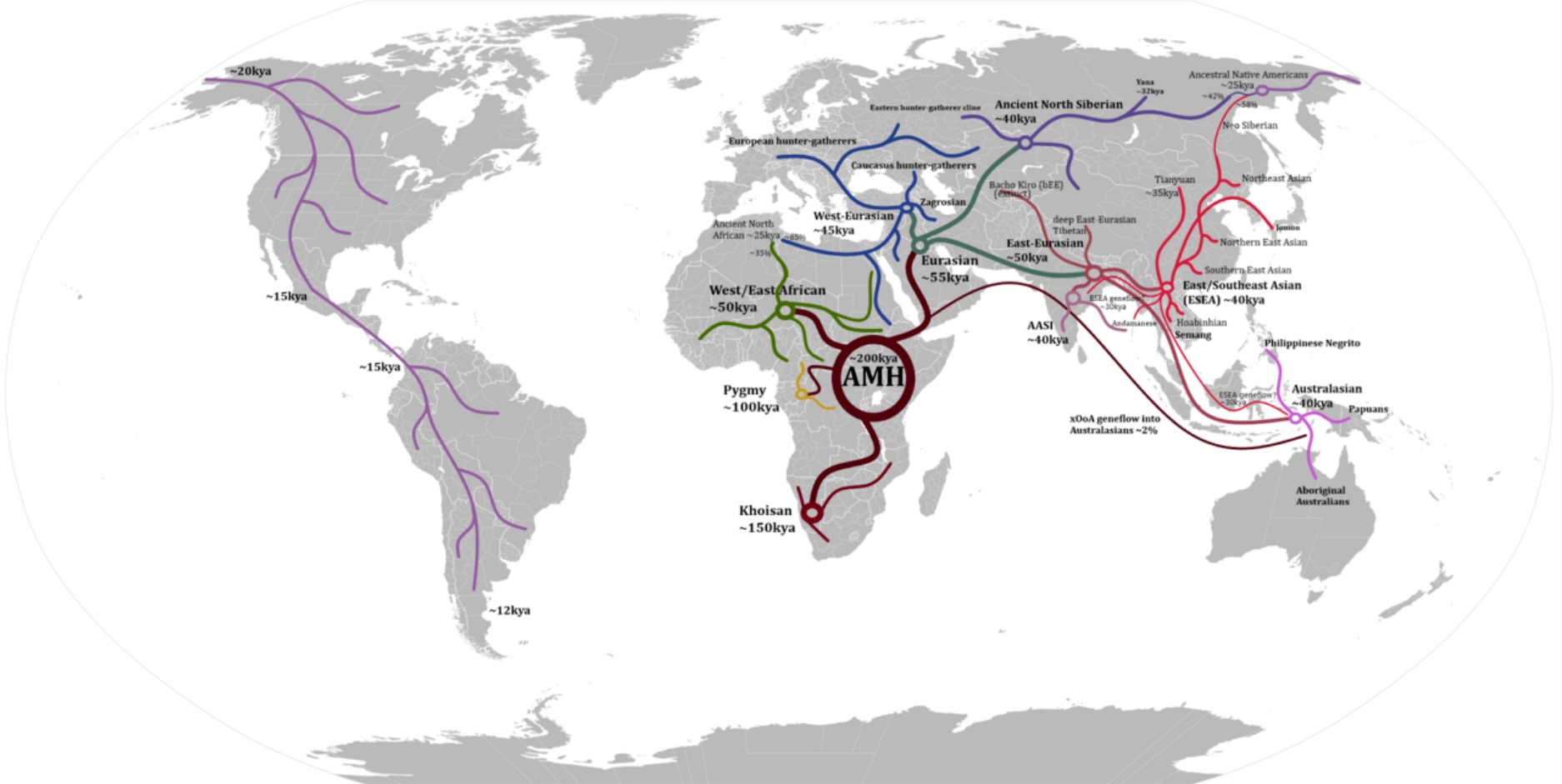
We know that Homo sapiens did not stay in Africa. At some point, our species left the continent and explored other parts of the world, eventually populating diverse areas all across the globe.
The specifics of this first move out of Africa, however, have been the subject of debate. New research seems to paint the clearest picture yet of exactly what our species did after leaving Africa.
Unraveling an Evolutionary Mystery

Molecular anthropologist Luca Pagani, senior author of the study, said of the research: “Our results provide the first full picture of the whereabouts of the ancestors of all present-day non-Africans in the early phases on the colonization of Eurasia.”
Study co-author Michael Petraglia, director of the Australian Research Centre for Human Evolution at Griffith University, described the study as “a story about us and our history — our goal was to unravel some of the mystery about our evolution and our worldwide dispersal.”
Our First Steps Out of Africa

A combination of evidence from archaeological finds, the fossil record and genetic analysis indicates that Homo sapiens first left Africa around 60,000-70,000 years ago.
This was the first step in the global spread of our species, but these early travelers didn’t immediately start to spread around the world. Instead, it seems they settled in one place for a few thousand years.
Eurasian Expansion
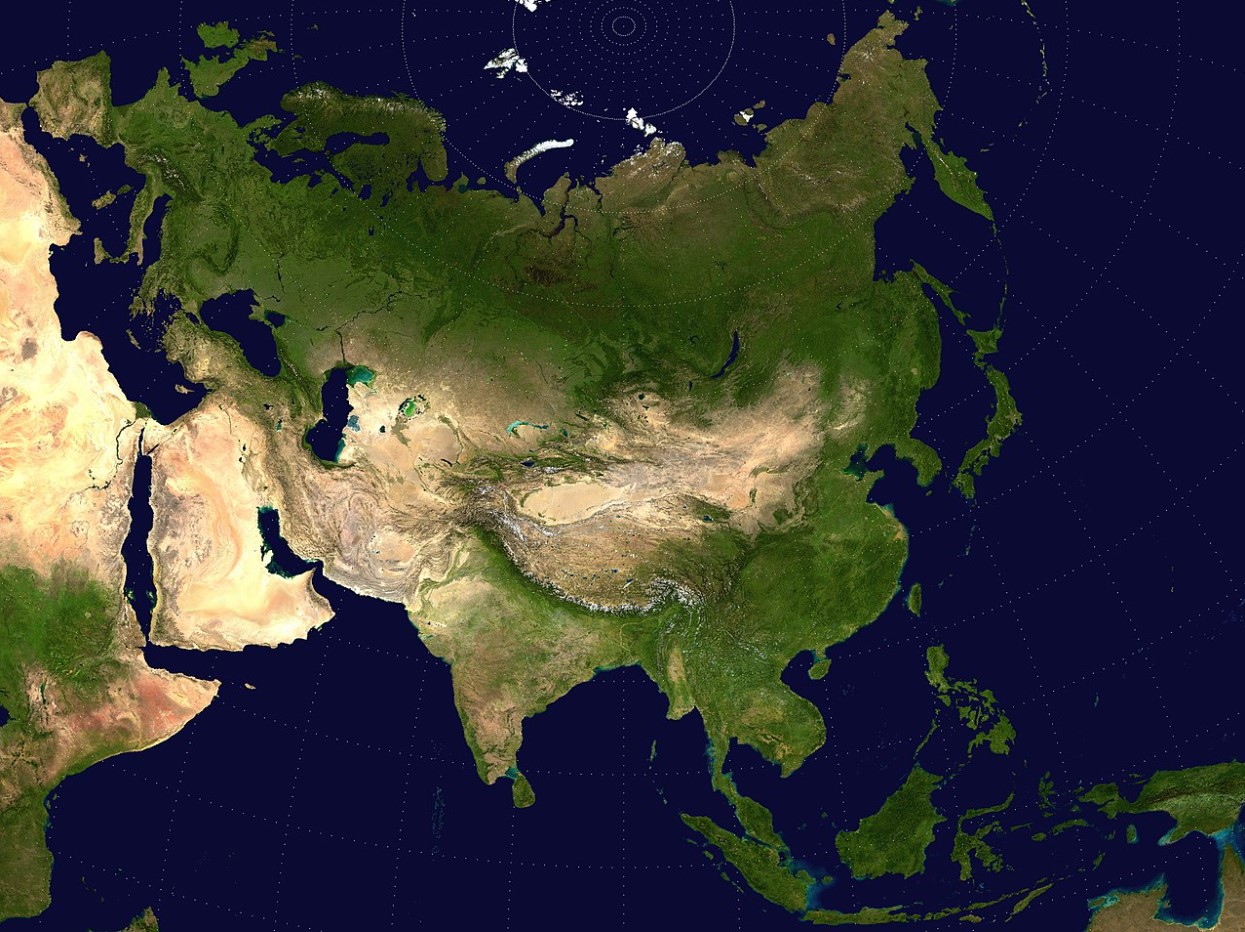
As scientists understand it from the evidence available, once human populations left Africa, they didn’t begin to expand across Europe and Asia until ~45,000 years ago.
It’s this gap in time from 60,000-70,000 years ago, when our species first left Africa, and ~45,000 years ago when we start appearing in Eurasia where it has been difficult to pinpoint the exact whereabouts of Homo sapiens.
Locating These Humans

Locating where our species was during this period of time was the aim of this new study. Using a combination of genetic evidence and paleoecological models, the research team hoped to pinpoint an exact geographical location.
They appear to have been successful, identifying a geographic “Hub” for our species during these earliest phases of colonization outside of Africa.
The Persian Plateau
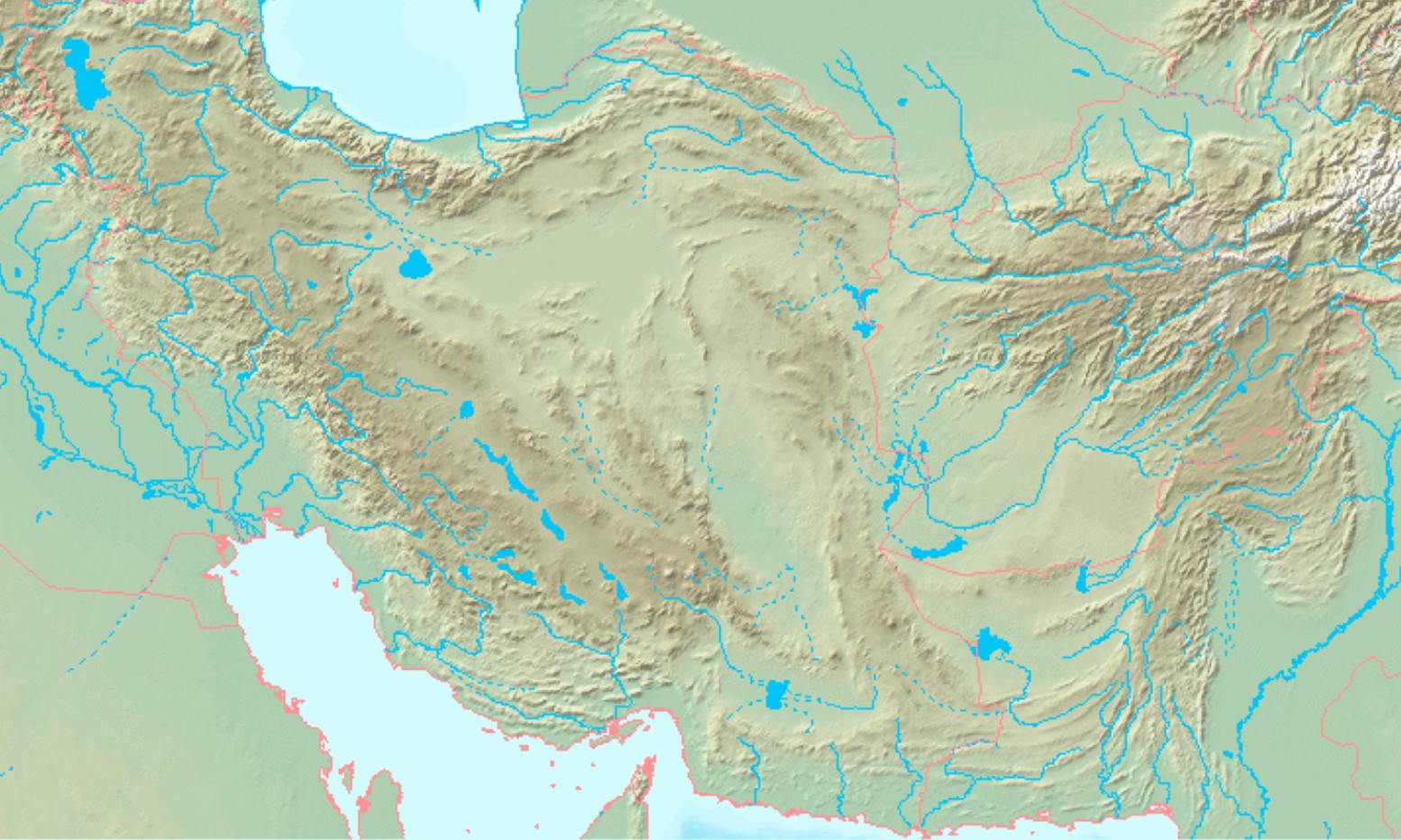
This Hub appeared to span Iran, southeast Iraq and northeast Saudi Arabia in an area known as the Persian Plateau.
Humans populating the Hub likely only numbered in the thousands, but this geographic location offered a diverse variety of different ecological settings. This allowed the small mobile hunter-gatherer groups that these humans lived in to thrive.
Ecology of the Hub
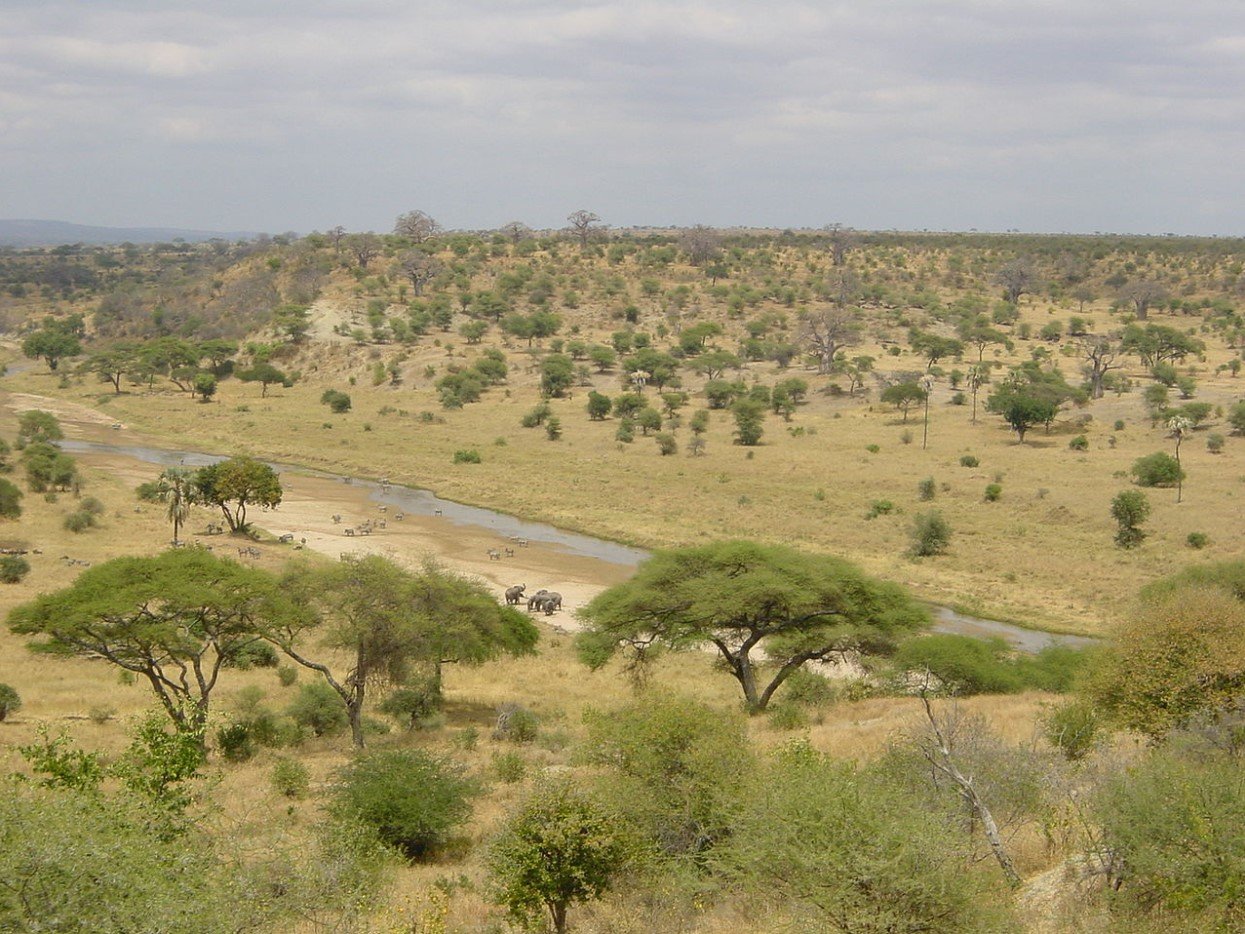
The Hub would have offered up everything from forests to grasslands and savannahs, with conditions fluctuating over time between arid and wet intervals.
According to Petraglia, humans living in the Hub would have practiced a seasonal lifestyle. They would live in the lowlands during cooler months and move to the mountainous regions when it was warmer.
A Perfect Place for Humans

Ecological models of the Persian Plateau around this time are part of the evidence put forward in the study.
The area would have been highly suitable for supporting human occupation and able to support larger populations of Homo sapiens compared to any other West Asian regions at the time. Evidence suggests humans in the Hub enjoyed a solid diet of edible vegetation and small-to-large-sized game, like sheep and gazelles.
Eventual Expansion
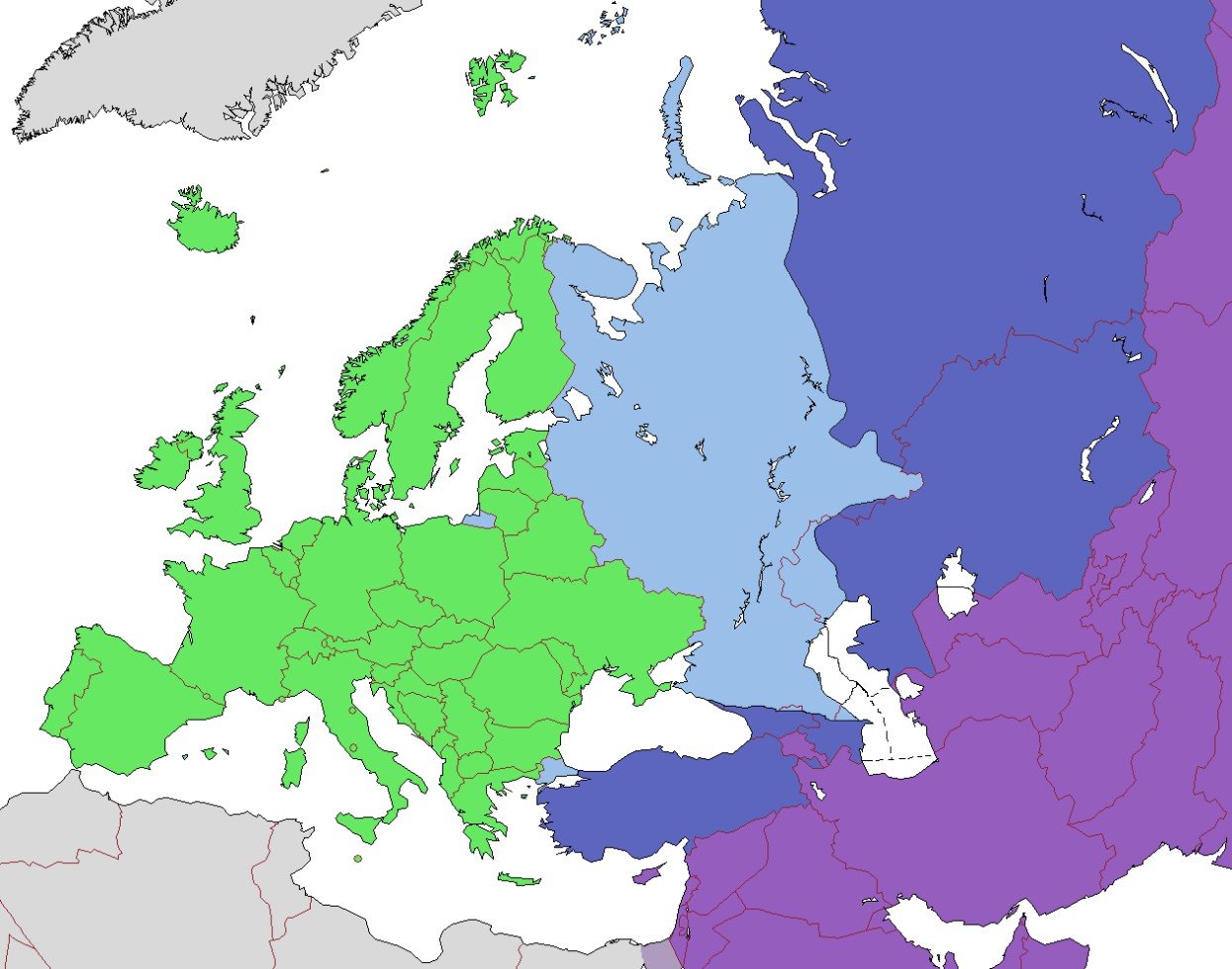
Eventually, humans in this region would disperse out in all different directions beyond the Hub. This set the basis for the genetic divergence between present-day Europeans and East Asians.
Modern genetic data as well as ancient genetic information was of great use in the study. “We found particularly useful the oldest genomes, dating from 45,000 to 35,000 years ago,” said the study’s lead author Leonardo Vallini.
Piecing Together Our History
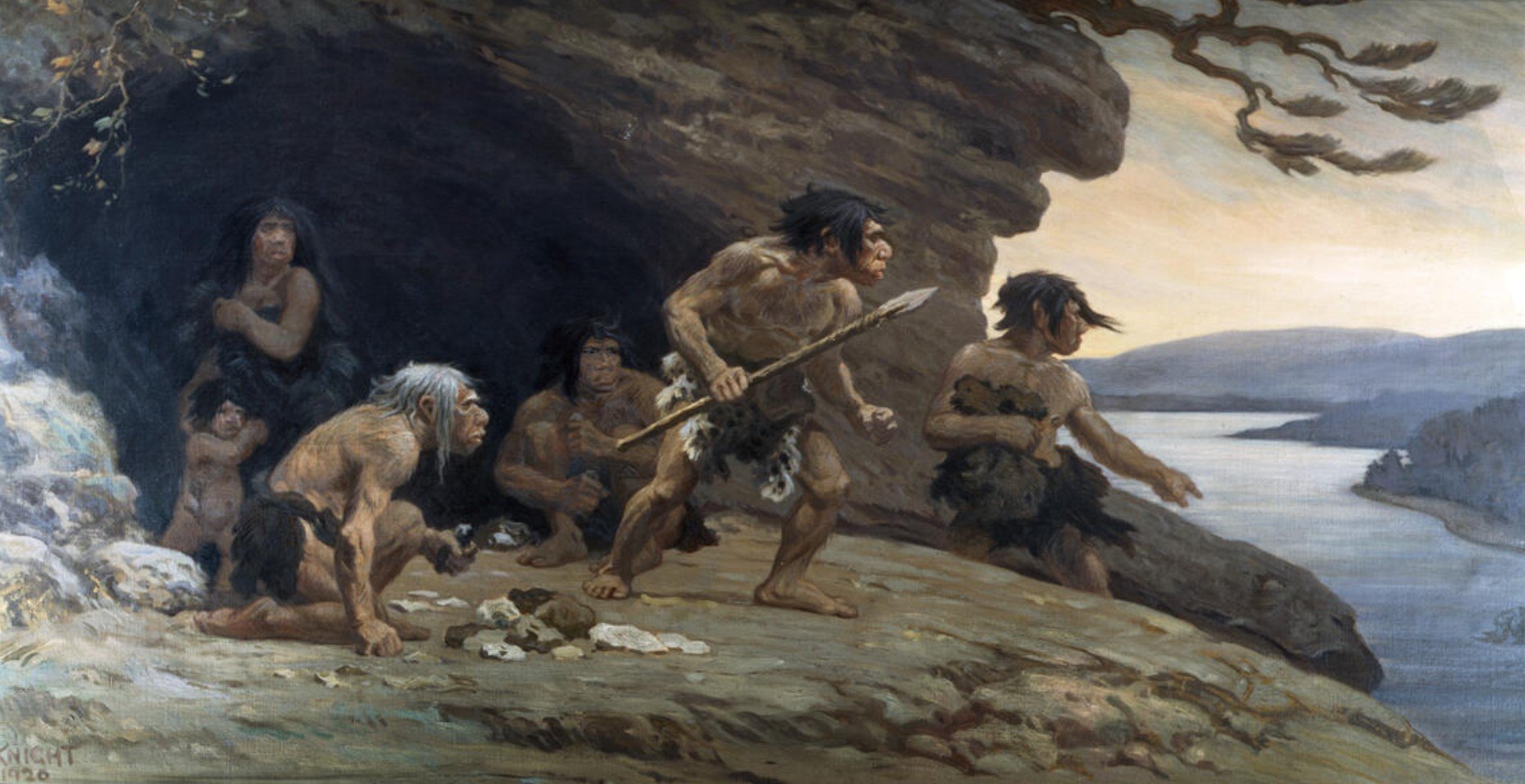
Research that helps develop the tapestry of our species’ history is always fascinating. The level of understanding we’ve been able to gain in the age of genetics and molecular biology has advanced our knowledge of this history immeasurably.
Whether it’s better understanding the interaction between modern humans and Neanderthals or more accurately plotting our migration out of Africa, researchers continue to use the forward march of scientific techniques to remove the shroud of mystery from our past.
